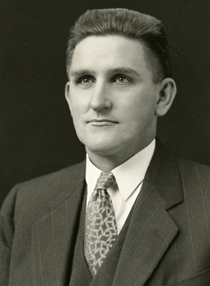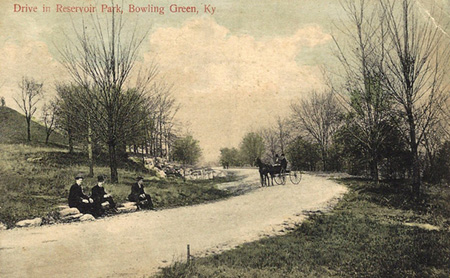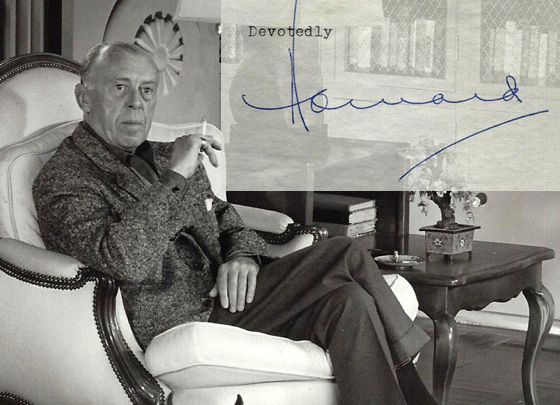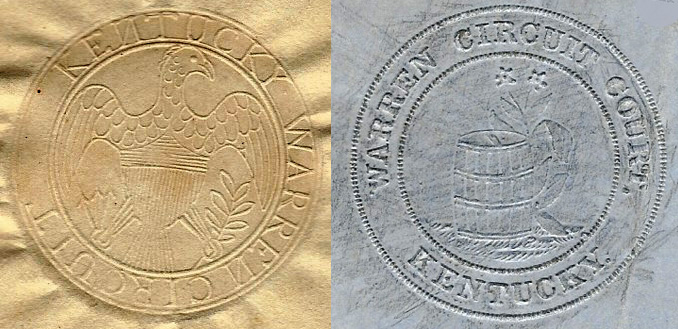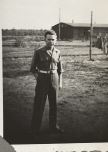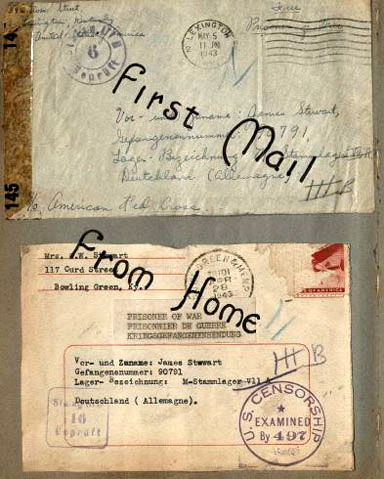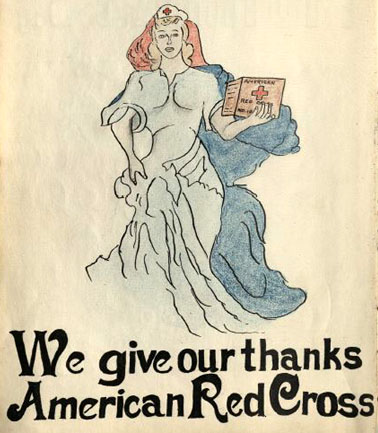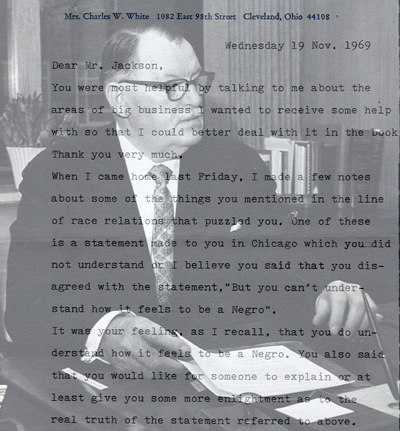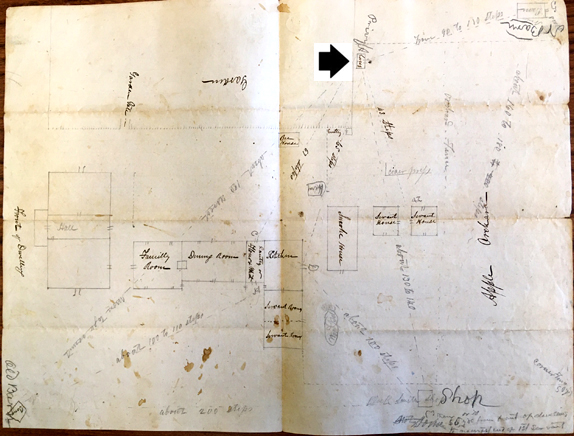Before beginning his 44-year teaching career at WKU, student Gordon Wilson (1888-1970) witnessed some of the most significant events in the school’s history. In February 1911, he participated in “Moving Day,” when the furniture, books, and equipment of the Western Kentucky State Normal School were carried by hand and wagon from its location on College Street between 11th and 12th streets to its new home on the Hill.
But in January 1908, Wilson was, like so many others before and since, a new arrival to campus. In his diary, he recorded the experiences of his first semester at Bowling Green and the State Normal School. Here are a few annotated excerpts:
January 20:
This morning I registered at the College and secured Room No. 16 Cherry Hall. My roommate is Mr. Corbett McKenney of Logan County. This afternoon we took a walk to Reservoir Park and other noted places of town. We also visited the Book Store and bought books for the term.
[“Cherry Hall” was not the building we know today. Located at Twelfth and Center streets, it was rented by school president Henry Hardin Cherry for use as a dormitory. No campus bookstore existed until 1920, and Wilson is likely referring to a retail outlet in town.]
January 21:
School opened today. The chapel was very crowded and after chapel exercises all adjourned to the classrooms.
[A hallowed institution that dated back to the State Normal School’s days as a private institution, chapel gathered students together each day for announcements, speeches, musical performances, and other spirit-building exercises. Wilson’s classes consisted of Rhetoric, Physical Geography, Physiology, Drawing, and “Mental Arithmetic.”]
January 28:
Tonight I attended a musicale at Vanmeter Hall, which was well rendered and very fine. . . . This afternoon Burnett Craig and I took a walk to the old fort on College Hill.
[Rather than the building we know today, “Vanmeter Hall” was the name given to the Normal School’s first home on College Street. It was named for Captain Charles J. Vanmeter, who had helped capitalize the construction company that built it in 1901. The remains of the Civil War fort built on the Hill and located behind the current Van Meter Hall are still visible today.]
January 31:
Tonight I attended a debate at the College, the subject being “Resolved, That millionaires are a benefit to our country.” The affirmative side won.
February 15:
I attended a meeting of the Kit Kat Club [where the debate topic was] “Resolved, that ministers should take part in political affairs.” (The affirmative won.)
[One of three literary societies (the others being the Junior Society and Senior Society), the Kit Kat Club came to represent those in the lower academic ranks of the school.]
February 21:
Prof. Cherry returned from Frankfort at midnight and about 300 of the pupils met him at the train. He was carried into the depot amid wild cheers.
[President Henry Hardin Cherry lobbied on behalf of the “Whirlwind Campaign” that culminated in the passage by the General Assembly of several bills in support of public education. One in particular made an appropriation of $150,000 (about $5 million today) to the Western Kentucky State Normal School for buildings, grounds and equipment, and increased its appropriation for operating expenses. Arriving at the railroad depot that night, a startled Cherry wielded his umbrella at the mob of students before they explained their good intentions.]
March 13:
Tonight I attended the Junior Society at the College. The program was well-rendered and was as follows. Debate, Resolved, That the resources of the south are greater than those of the north. (The negative won.)
March 19:
This morning we received the news that Gov. Willson had signed several of the bills that shall influence education in Kentucky in the future. We soon gathered in the chapel and after cheers for the Governor, Prof. Cherry, the Normal, etc, we formed in line, and led by Prof. Alexander marched to town and around the park. Here we halted for a while, several songs were sung, and after many cheers had again rent the air, we marched back to the College. . . . Lessons were dismissed until afternoon and many of the students played games on the campus.
[Like Wilson, Professor J. R. Alexander’s relationship with the State Normal School began when he was a student. He taught mathematics until retiring in 1930.]
March 20:
Tonight I attended the regular meeting of the Junior Society. The program was as follows: Debate, Resolved; That a college education is essential to success. . . . . The negative won.
April 13:
This morning at chapel period, Miss Flora Stallard, teacher of the fourth grade in the Model School, received the first Life Certificate given by the Western Kentucky State Normal.
[The State Normal School established “model school rooms,” where its students could receive hands-on training under a supervising teacher. Stallard’s Life Certificate, which entitled her to teach for life in any county of the state, was the highest academic credential then granted. After receiving authorization to grant degrees in 1922, the Western Kentucky State Normal School added the phrase “and Teachers College” to its name.]
On April 19, after a period of illness, Wilson left Bowling Green for his home in Murray, Kentucky. His first semester was now behind him . . . but he would return.
Gordon Wilson’s diaries are housed in the Manuscripts & Folklife Archives of WKU’s Special Collections Library. Click here for a finding aid. For more collections, search TopSCHOLAR and KenCat.

